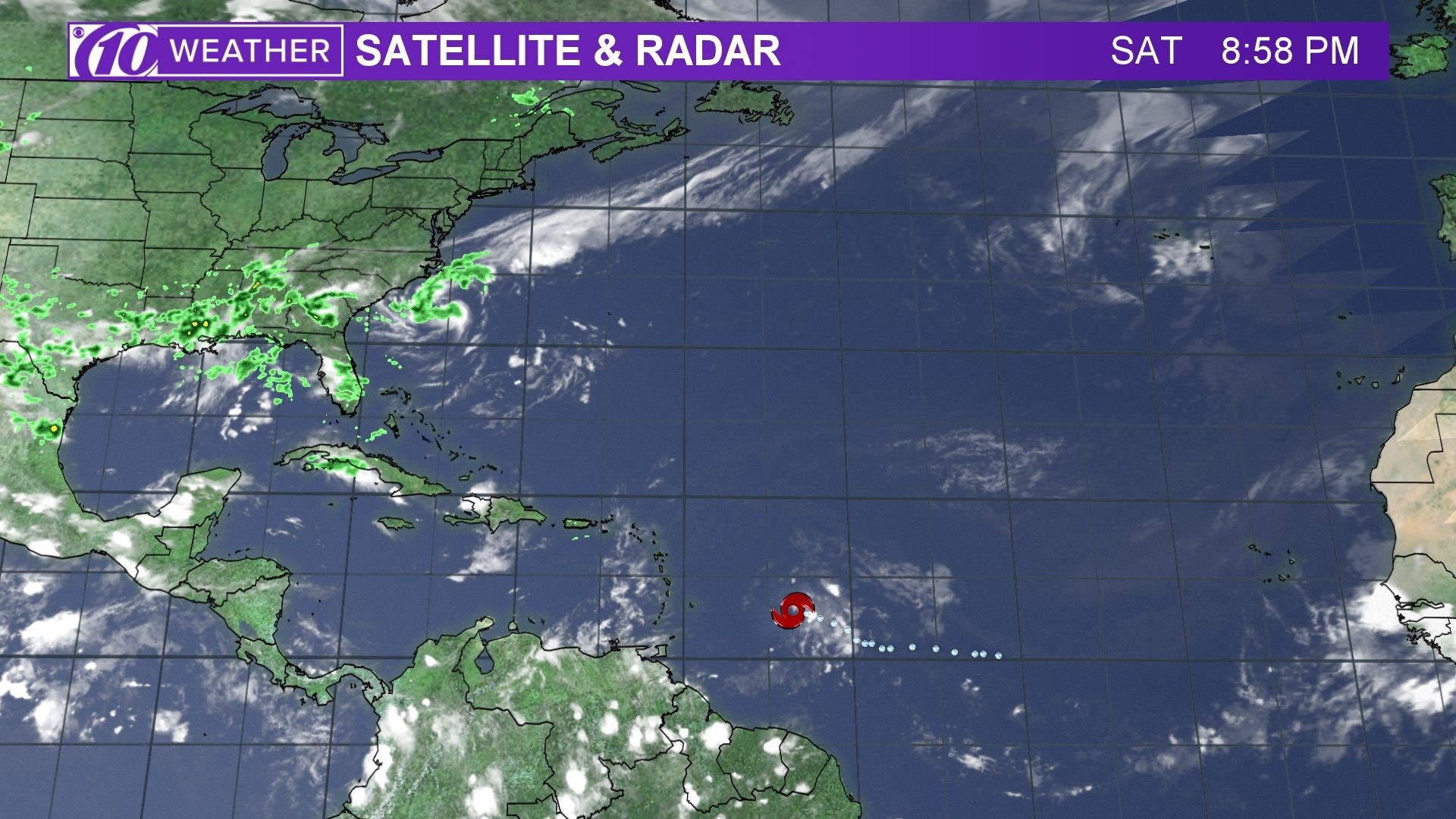Understanding Hurricane Beryl Spaghetti Models

Hurricane beryl spaghetti models – In hurricane forecasting, spaghetti models are ensemble weather prediction systems that simulate the potential path of a hurricane. These models use slightly different initial conditions and physics to create a range of possible storm tracks, resulting in a spaghetti-like diagram of potential paths.
Hurricane Beryl’s spaghetti models are showing a wide range of possible paths, making it difficult to predict where the storm will go. For the latest spaghetti models for beryl, check out this link: spaghetti models for beryl. This website provides an up-to-date look at the spaghetti models for Hurricane Beryl.
Examples of Spaghetti Models
- European Centre for Medium-Range Weather Forecasts (ECMWF) model: Uses a global weather model with high resolution and sophisticated physics.
- National Hurricane Center (NHC) Global Forecast System (GFS) model: A global weather model with a focus on tropical cyclone forecasting.
- Hurricane Weather Research and Forecast (HWRF) model: A regional weather model specifically designed for hurricane forecasting.
Limitations and Uncertainties
While spaghetti models provide valuable information, they also have limitations and uncertainties:
- Model biases: Models may have systematic errors that can lead to inaccurate forecasts.
- Initial condition uncertainties: The initial conditions used in the models are not perfectly known, which can affect the accuracy of the forecasts.
- Ensemble size: The number of ensemble members in a spaghetti model affects the reliability of the forecasts.
Interpreting and Using Spaghetti Models
Spaghetti models are an essential tool for understanding potential hurricane tracks. They provide a visual representation of the various possible paths a hurricane could take, based on different computer simulations. By interpreting spaghetti models, meteorologists and emergency planners can gain insights into the likely direction and intensity of a hurricane, helping them make informed decisions.
Identifying Trends and Patterns
To interpret spaghetti models effectively, it’s important to identify trends and patterns within the simulations. Look for clusters of lines that indicate a consensus among the models. These clusters suggest areas where the hurricane is most likely to travel. Additionally, pay attention to outliers, which may represent potential deviations from the main trend.
Decision-Making and Emergency Planning, Hurricane beryl spaghetti models
Spaghetti models play a crucial role in decision-making and emergency planning. By providing a range of possible outcomes, they help officials prepare for a variety of scenarios. For example, spaghetti models can be used to determine evacuation zones, identify vulnerable areas, and allocate resources.
Comparing and Evaluating Spaghetti Models: Hurricane Beryl Spaghetti Models

When comparing and evaluating spaghetti models, it’s important to consider their accuracy, reliability, and consistency. Accuracy refers to how closely the model’s predictions match the actual path of the hurricane. Reliability indicates how consistently the model produces accurate predictions over time. Consistency refers to how similar the model’s predictions are to those of other models.
Factors to Consider
- Track record: The model’s past performance in predicting hurricane tracks is a good indicator of its accuracy and reliability.
- Ensemble size: The number of ensemble members in a spaghetti model can affect its accuracy and reliability. Generally, models with larger ensembles are more accurate and reliable.
- Initialization time: The time at which the model is initialized can affect its accuracy. Models that are initialized closer to the time of the hurricane’s landfall are generally more accurate.
- Model physics: The physical equations and algorithms used in the model can affect its accuracy and reliability. Different models use different physics, so it’s important to understand the strengths and weaknesses of each model’s physics.
Dem spaghetti models fuh Hurricane Beryl deh show diff’rent tracks. Fu mo accurate info, check out de hurricane beryl forecast. But still, keep an eye on dem spaghetti models, ’cause dey can change quick.